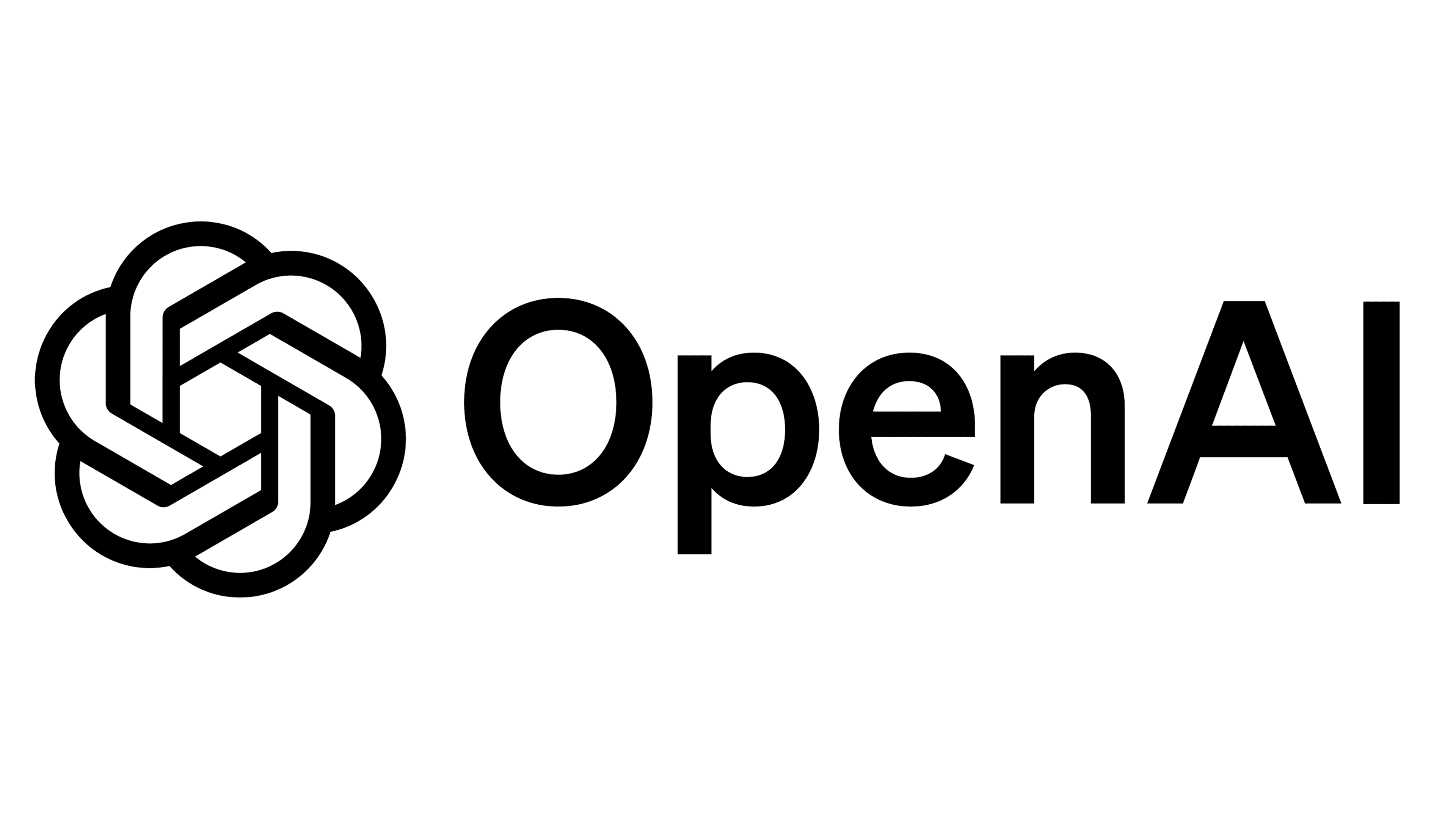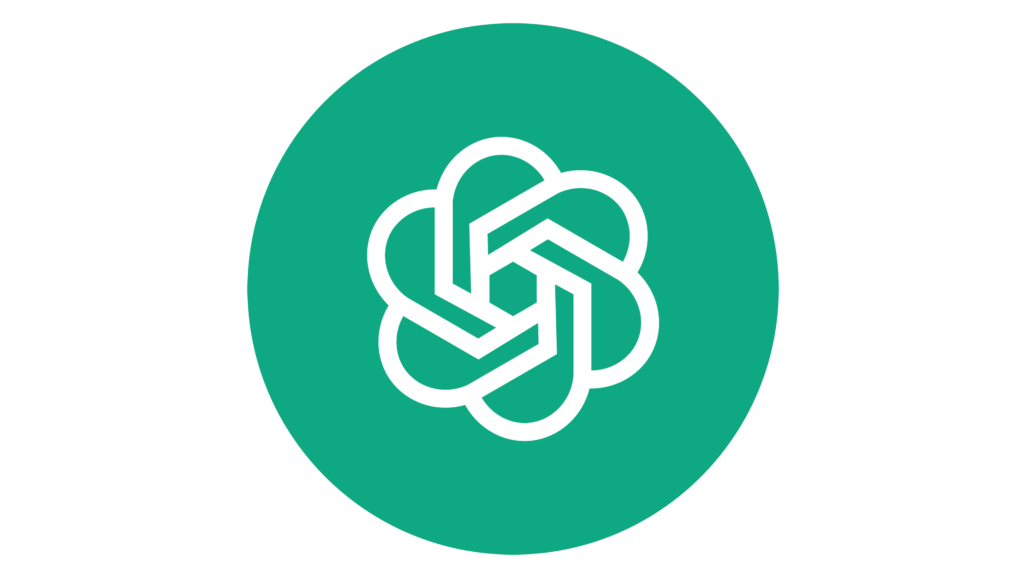OpenAI Logo
Tags: AI | development | research
One of OpenAI’s primary goals is to ensure that AI technologies are accessible, transparent, and aligned with human values, contributing to advancements across industries, from healthcare and education to entertainment and communication. Through its research, OpenAI actively explores the ethical, safety, and governance challenges associated with powerful AI technologies, working towards a future where AI is a collaborative tool that amplifies human potential without compromising safety.
Meaning and History
OpenAI is an advanced artificial intelligence research organization founded in December 2015 with the mission to ensure that artificial general intelligence (AGI) benefits all of humanity. Established by a group of tech visionaries, including Elon Musk, Sam Altman, and others, OpenAI began as a non-profit research entity with a focus on transparency, safety, and collaboration in the development of AI technologies. Its mission is rooted in addressing the challenges and potential risks that could arise from powerful AI systems, advocating for responsible and ethical AI advancement.
In its early years, OpenAI focused on groundbreaking research in machine learning, natural language processing (NLP), and robotics. The organization gained global attention with the release of the GPT (Generative Pre-trained Transformer) language models, particularly GPT-3, which became renowned for its ability to generate human-like text. These models set new benchmarks in the AI industry for language understanding, generation, and the ability to assist in creative tasks. OpenAI’s GPT series revolutionized industries from customer service to content creation, showcasing the potential of AI in real-world applications.
In 2019, OpenAI transitioned from a non-profit to a capped-profit model under the name OpenAI LP, allowing it to secure more substantial funding while maintaining its mission. This shift helped the organization form a pivotal partnership with Microsoft, leading to significant investments and access to Microsoft’s Azure cloud computing platform, which played a key role in scaling OpenAI’s models.
OpenAI has since diversified its projects, releasing tools like Codex, an AI that assists in coding, and DALL·E, a model that generates images from textual descriptions. These innovations demonstrate OpenAI’s commitment to pushing the boundaries of what AI can achieve while maintaining a focus on safety, ethics, and wide accessibility. The organization continues to explore AGI development, aiming to create systems that can perform tasks across a wide range of domains, much like humans while ensuring these systems are aligned with human values and societal well-being.
Open AI creates cutting-edge AI models, including large language models like GPT, which can understand and generate human-like text, as well as systems capable of visual recognition, robotics, and more.
What is OpenAI?
OpenAI is the name of an artificial intelligence research and deployment company focused on advancing digital intelligence in a way that benefits humanity. Founded in 2015, OpenAI follows its mission to develop safe and highly capable AI systems while ensuring their positive impact on society.
In terms of visual identity, Open AI is strict and simple. Its logo has undergone changes that reflect the company’s evolution and vision. The current design symbolizes the interconnected nature of AI research and the collaborative effort to create a future where artificial intelligence is both powerful and beneficial for all.
2015 – 2017
The original logo, introduced at the company’s founding in 2015, featured a minimalist style, with a light gray geometric lettering written on a plain white background with no graphical additions. The arched contours of the letters were balanced by the straight cuts of the bars, which added stability and strength to quite a lightweight composition.
2017 – 2022
In 2017 the Open AI logo was redesigned with more details. The logo of the organization evolved to become more refined, emphasizing the organization’s focus on advanced technology and innovation. The hexagonal design of the emblem hints at concepts of balance and structure, aligning with OpenAI’s emphasis on building AI systems that are not only capable but safe and aligned with human values. The modest black lettering grounds the creative context of the emblem and adds a sense of professionalism to the composition.
2022 – 2025
The OpenAI logo is a minimalist and elegant design that effectively conveys the company’s identity. The logo features a unique symbol composed of interconnected hexagonal shapes, representing the complex networks and interconnectedness of knowledge that OpenAI aims to explore. The wordmark “OpenAI” is presented in a bold, sans-serif font, reflecting the company’s focus on cutting-edge technology. The clean lines and simple forms of the logo create a sense of sophistication and professionalism, while the use of black on a gray background emphasizes the technical nature of the company’s work. Overall, the OpenAI logo is a visually striking and memorable design that effectively communicates the company’s identity and its commitment to pushing the boundaries of artificial intelligence.
2025 – Today
The OpenAI logo is a minimalist yet striking design that effectively conveys the company’s identity. The wordmark “OpenAI” is presented in a bold, sans-serif font with a distinctive “O” that forms a perfect circle. This circular element creates a sense of completeness and infinity, hinting at the boundless potential of artificial intelligence. The stark black and white color scheme further emphasizes the logo’s simplicity and sophistication. The overall effect is a clean, modern, and memorable logo that reflects the company’s focus on cutting-edge research and development in the field of artificial intelligence.
Color
The black-and-white color palette of the Open AI visual identity represents the progressiveness and innovative approach of the organization, emphasizing its strong features and capabilities.
Font
The OpenAI logo utilizes a custom font called OpenAI Sans, designed specifically for the company. This font is characterized by its clean lines and bold, geometric shapes, contributing to the logo’s overall minimalist aesthetic. The font’s unique letterforms, particularly the distinctive “O,” create a strong visual identity for OpenAI. OpenAI Sans is not only used in the logo but also in the company’s branding materials and website, ensuring a consistent and professional look across all platforms. The font’s versatility allows it to be used in various sizes and contexts while maintaining its legibility and visual impact.







